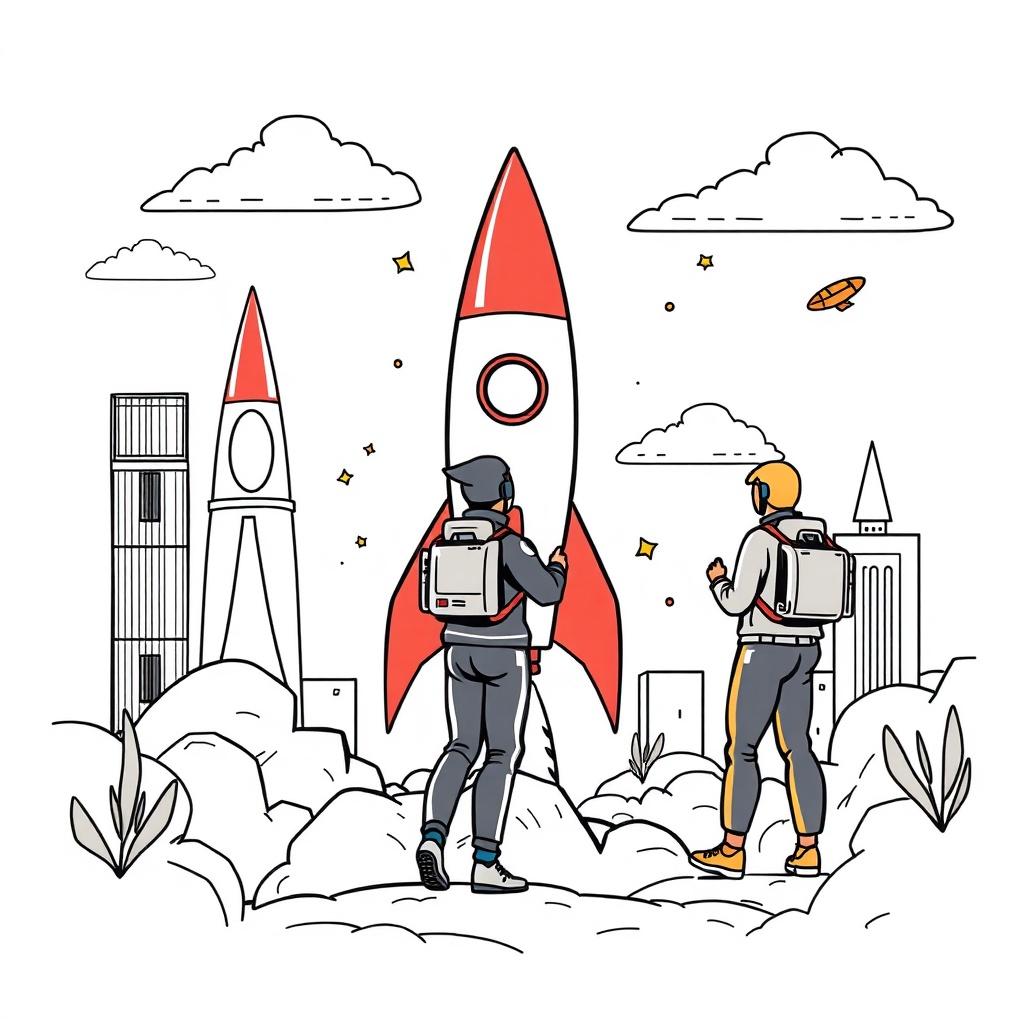Build a Resilient Startup: Protect Runway & Scale Sustainably
Startups that last aren’t the ones that avoid storms — they’re the ones that build better boats. Resilience is a strategic advantage: it preserves runway, accelerates learning, and creates optionality when market conditions shift. Focus on a few practical levers to strengthen your startup’s foundation and increase the odds of sustainable growth.
Protect and extend runway
– Know your true runway in weeks, not months. Track cash burn weekly and model multiple scenarios (best, base, worst).
– Prioritize high-impact, low-cost experiments that prove demand before scaling spend.
– Explore non-dilutive capital options like grants, revenue-based financing, or strategic customer prepayments to avoid unnecessary equity loss.
Sharpen unit economics
– Early profitability per customer matters more than vanity growth. Calculate customer acquisition cost (CAC), lifetime value (LTV), payback period, and gross margin by cohort.
– Optimize channels with the best LTV:CAC ratios and double down on retention levers such as onboarding, product stickiness, and pricing tiers.
Double down on customers
– Continuous customer discovery keeps product decisions grounded. Set regular customer interviews and embed feedback loops into your product roadmap.
– Measure and improve retention using cohort analysis; a small percentage lift in retention often compounds more than a large increase in acquisition spend.
– Build referenceable customers early.
Case studies and testimonials reduce friction for future sales.
Operate with disciplined experimentation
– Treat every growth idea as an experiment: hypothesis, metric, timeline, and decision rule. Run small, rapid tests and kill what doesn’t work quickly.
– Use leading indicators (activation, engagement) rather than lagging financials to make earlier course corrections.
– Standardize post-mortems and document learnings to avoid repeating mistakes.
Hire for adaptability and ownership
– Prioritize candidates with demonstrated problem-solving and ownership, especially early generalists who can wear multiple hats.

– Maintain lean cross-functional teams and keep clear decision rights to move faster.
– Invest in manager training and transparent communication to retain talent during uncertain stretches.
Diversify go-to-market channels
– Relying on a single channel is a growth risk.
Test partnerships, inbound content, organic SEO, affiliate programs, and direct enterprise outreach to find balanced acquisition sources.
– Partner with complementary companies to access new audiences and share distribution costs.
Build a durable culture
– Clarity of mission and values helps teams prioritize when trade-offs are necessary. Regularly revisit priorities in all-hands and planning sessions.
– Encourage psychological safety so teams can surface bad news early and iterate quickly.
– Promote sustainable work rhythms to avoid burnout; consistent performance beats heroic sprints.
Think long-term value, not quick wins
– Sustainable startups focus on compound value: strong unit economics, customer trust, and operational discipline that scale.
– Revisit pricing and packaging as you learn more about customer willingness to pay; small price increases or new value tiers can dramatically improve margins.
Applying these practices creates optionality and reduces fragile dependencies. By aligning capital management, customer focus, disciplined experiments, and a resilient team culture, startups position themselves to survive short-term shocks and capture long-term opportunities.